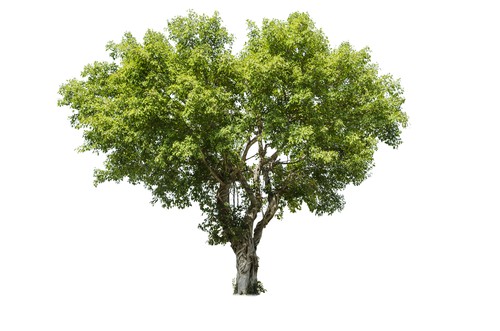Ficus trees are a popular choice for indoor plants, known for their attractive foliage and easy maintenance. However, ficus trees are prone to several problems and diseases that can affect their health and appearance. One of the most common issues is the appearance of white spots on ficus tree leaves.
White spots on ficus tree leaves can be caused by a variety of factors, including environmental factors, pests and insects, and diseases. Identifying the cause of the white spots is crucial to determining the appropriate treatment and prevention methods.
In this article, we will discuss the common problems and diseases that affect ficus trees, the various factors that contribute to the appearance of white spots on ficus tree leaves, and the treatment and prevention methods that can help keep your ficus tree healthy and vibrant.
Key Takeaways on Ficus Tree Leaves Covered in White Spots
- Ficus trees are popular indoor plants but are prone to several problems and diseases.
- White spots on ficus tree leaves can be caused by environmental factors, pests and insects, and diseases.
- Identifying the cause of white spots on ficus tree leaves is crucial to determining the appropriate treatment and prevention methods.
You will also like:
Understanding Ficus Tree
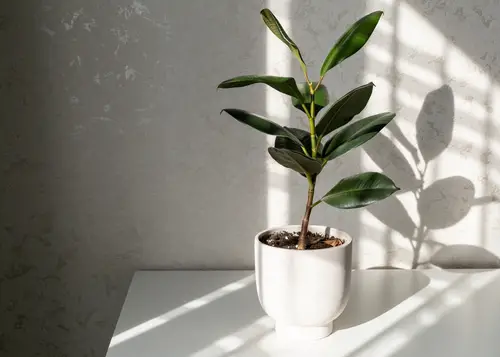
Ficus tree, also known as Ficus benjamina or Ficus elastica, is a popular indoor plant that is known for its attractive foliage and ease of care.
This plant is native to tropical regions and can grow up to 50 feet tall in their natural habitat. However, when grown indoors, they usually grow up to 6 feet tall.
Ficus trees are known for their glossy, dark green leaves that are oval-shaped and pointed at the tip. These leaves can grow up to 4 inches long and 2 inches wide. The leaves are arranged alternately on the stem and have a smooth texture.
Ficus trees are popular houseplants because they are easy to care for and can adapt to a wide range of indoor conditions. They prefer bright, indirect light and moderate humidity. They can tolerate low light conditions but may not grow as well. They also prefer well-draining soil and should be watered when the top inch of soil feels dry to the touch.
One of the most common problems that Ficus trees face is white spots on their leaves. These spots can be caused by a variety of factors, including bacterial, fungal, and viral infections, as well as poor growing conditions. It is important to identify the cause of the white spots in order to treat the problem effectively.
In the next section, we will discuss the various causes of white spots on Ficus tree leaves and how to treat them.
Common Problems and Diseases
Ficus trees are generally hardy, but they can still suffer from a range of problems and diseases. Some of the most common issues that ficus trees experience are discussed below.
1. White Spots
White spots on ficus leaves can be caused by a variety of factors. One of the most common causes is powdery mildew, a fungal disease that can be identified by the white, powdery growth that appears on the surface of the leaves.
Powdery mildew can cause yellowing and curling of the affected foliage. Ficus trees can also develop white spots due to bacterial or viral infections.
2. Root Rot
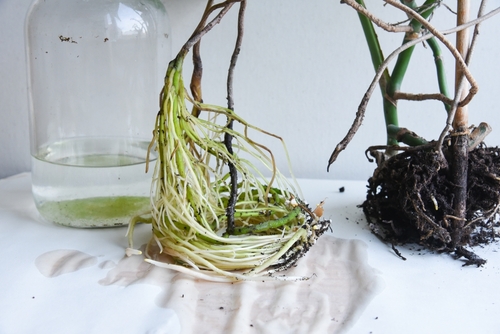
Root rot is a fungal disease that affects the roots of ficus trees. It is caused by overwatering or poor drainage and can lead to brown spots on the leaves, wilting, and leaf drop. Ficus trees with root rot should be treated immediately to prevent the disease from spreading.
3. Mosaic Virus
Mosaic virus is a viral infection that can cause yellow spots on ficus leaves. The virus is spread by insects and can cause stunted growth and leaf distortion. There is no cure for mosaic virus, so infected plants should be removed and destroyed to prevent the virus from spreading to other plants.
4. Bacterial Leaf Spot
Bacterial leaf spot is a bacterial disease that can cause angular yellow spots on ficus leaves. The spots are limited in size by veins and can eventually turn brown before the leaves fall off. To prevent bacterial leaf spot, ficus trees should be kept dry and free from overhead watering.
Identifying White Spots on Leaves
White spots on ficus tree leaves can be caused by various factors, including fungal, bacterial, and viral infections, as well as poor growing conditions and pests. Identifying the cause of the white spots is crucial to determine the appropriate treatment and prevent the spread of the problem.
The white spots on ficus tree leaves can appear in different shapes and sizes. Some spots may be small, while others can cover a large portion of the leaf. They can also be raised or flat, and some may have a powdery texture. To identify the white spots, it is recommended to use a magnifying glass to get a closer look.
If the white spots are caused by fungal or bacterial infections, they may appear as circular or irregularly shaped spots with a yellow or brown border. The center of the spot may be white or gray, and it may have a fuzzy or powdery texture. In some cases, the spots may merge and cause the entire leaf to turn yellow or brown and fall off.
On the other hand, if the white spots are caused by pests such as mealybugs, they may appear as small, cotton-like masses on the leaves. Mealybugs can also cause the leaves to curl and distort, and they may leave behind a sticky residue on the plant.
To determine the cause of the white spots, it is important to inspect the entire plant and look for other symptoms such as discoloration, wilting, or distortion. Once the cause is identified, appropriate measures can be taken to treat the problem and prevent it from recurring.
Role of Environmental Factors

Environmental factors play a crucial role in the health of ficus trees. Temperature, humidity, air circulation, and air conditioners are some of the key factors that affect the growth and development of ficus trees.
Ficus trees thrive in warm, humid environments with good air circulation. They prefer temperatures between 60 and 75 degrees Fahrenheit and humidity levels between 50% and 80%. If the temperature drops below 60 degrees Fahrenheit, or the humidity level falls below 50%, the ficus tree may develop white spots on its leaves.
Air circulation is also an important factor in the health of ficus trees. Poor air circulation can cause stagnant air pockets around the tree, which can lead to the formation of white spots on the leaves. To improve air circulation, it is recommended to place the ficus tree in a well-ventilated area, away from walls and other objects.
Air conditioners can also have an impact on the health of ficus trees. Air conditioners can cause the air to become dry, which can lead to the development of white spots on the leaves. To prevent this, it is recommended to place a humidifier near the ficus tree or to mist the leaves regularly.
Impact of Pests and Insects
Ficus trees are susceptible to various pests and insects that can cause white spots on their leaves. These pests and insects can cause significant damage to the tree if left untreated. Here are some of the most common pests and insects that can affect ficus trees:
Mealybugs
Mealybugs are small, white insects that resemble cotton. They feed on the sap of ficus trees and can cause yellowing and curling of the leaves. Mealybugs can also secrete honeydew, which can attract other pests and insects.
Fig Mite
Fig mites are tiny, spider-like insects that can infest ficus trees. They feed on the sap of the tree, causing yellowing and curling of the leaves. Fig mites can also cause the leaves to become distorted and stunted.
Scale Insects

Scale insects are small, oval-shaped insects that attach themselves to the leaves and stems of ficus trees. They feed on the sap of the tree, causing yellowing and curling of the leaves. Scale insects can also secrete a sticky substance called honeydew, which can attract other pests and insects.
Natural Predators
There are several natural predators that can help control the population of pests and insects on ficus trees. Ladybugs and lacewings are two examples of natural predators that feed on scale insects and mealybugs. Praying mantises and spiders can also help control the population of pests and insects.
Treatment and Prevention Methods
White spots on ficus leaves can be treated and prevented with a few simple methods. Here are some effective ways to deal with this problem:
1. Fungicide
Using a fungicide can help to get rid of white spots on ficus leaves. A good quality fungicide can be sprayed on the affected leaves to kill the fungus causing the white spots. It is important to follow the instructions on the label carefully to avoid overuse or misuse.
2. Neem Oil
Neem oil is a natural fungicide that can be used to treat powdery mildew, which is a common cause of white spots on ficus leaves. Apply it to the affected leaves using a spray bottle. Neem oil is safe to use and does not harm beneficial insects.
3. Water Droplets
Water droplets on the leaves can cause white spots due to the magnifying effect of the water droplets. It is advisable to avoid watering the ficus tree from above and to water the soil directly instead.
4. Fertilizer and Compost
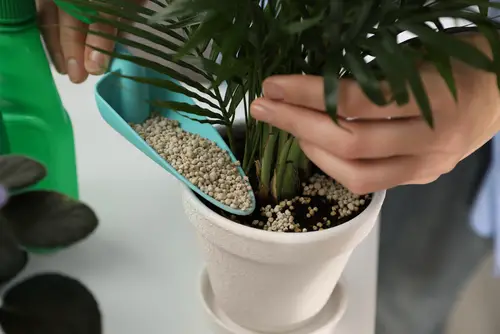
Ficus trees require proper nutrition to grow healthy and strong. Applying fertilizer and compost to the soil can help to improve the overall health of the tree and prevent white spots on the leaves.
5. Hard Water
Hard water can cause mineral buildup on the leaves, which can lead to white spots. Using distilled water or rainwater can help to prevent this problem.
6. Insecticide
Insects can cause white spots on ficus leaves. Using an insecticide can help to get rid of the insects and prevent further damage to the leaves.
7. Baking Soda
Baking soda can be used to treat white spots on ficus leaves caused by powdery mildew. Combine 1 teaspoon of baking soda with 1 quart of water and use it to spray down the affected leaves.
8. Milk
Milk is a natural fungicide that can be used to treat white spots on ficus leaves. Mix milk and water in a 1:1 ratio and spray it on the affected leaves.
Caring for Ficus Trees
Ficus trees are a popular indoor plant choice due to their attractive foliage and ability to thrive in low light conditions. However, they are susceptible to white spots on their leaves, which can be caused by various factors such as fungus, pests, or environmental stress.
To keep your ficus tree healthy and prevent white spots on its leaves, it’s important to provide proper care. Here are some tips for caring for ficus trees:
1. Watering
Ficus trees prefer moist soil but can be susceptible to root rot if overwatered. To prevent this, allow the top inch of soil to dry out before watering again. It’s also important to avoid getting water droplets on the leaves, as this can cause leaf spots. Watering from the bottom or using a drip tray can help prevent this issue.
2. Fertilizing
Ficus trees benefit from regular fertilization during the growing season. Use a balanced fertilizer every two to four weeks, following the instructions on the package. Over-fertilization can lead to leaf drop, so be careful not to apply too much.
3. Soil and Compost
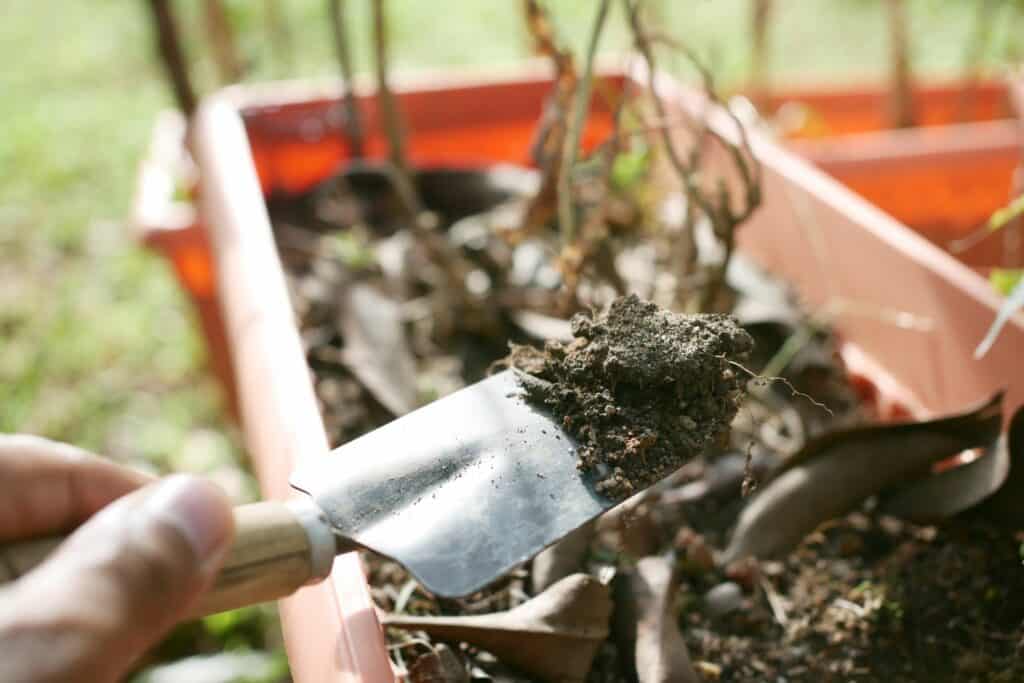
Ficus trees prefer well-draining soil with plenty of organic matter. Adding compost to the soil can help improve its structure and provide nutrients for the tree. Avoid using heavy or clay soils, as these can lead to root rot.
4. Air Circulation
Good air circulation is important for preventing fungal issues on ficus tree leaves. Avoid placing the tree in a drafty area, but ensure that there is some air movement in the room. This can be achieved by using a fan or opening a window occasionally.
5. Propagation
If your ficus tree develops white spots on its leaves, it may be necessary to take cuttings and propagate a new plant. This can be done by taking a stem cutting and rooting it in water or soil. Once the cutting has developed roots, it can be planted in a pot with well-draining soil.
Conclusion
White spots on ficus leaves can be caused by a variety of factors, including fungal diseases, pests, and environmental stress. It is important to identify the root cause of the problem in order to effectively treat it.
Some common solutions for fungal diseases include removing affected leaves, improving air circulation around the plant, and treating with fungicide. Pests such as scale insects can be controlled with insecticidal soap or horticultural oil.
Environmental stress can be addressed by adjusting watering and light conditions to better suit the needs of the plant.
It is important to note that while white spots on ficus leaves can be unsightly, they rarely pose a serious threat to the health of the plant. With proper care and attention, most cases can be resolved without significant damage to the plant.
Overall, ficus trees are hardy and resilient plants that can thrive in a variety of environments. By taking steps to address white spots on leaves and other common issues, plant owners can enjoy healthy, vibrant trees for years to come.
Frequently Asked Questions
How do I treat white spots on my ficus tree leaves?
Treatment for white spots on ficus tree leaves depends on the cause of the problem. If the spots are caused by pests, such as spider mites or scale insects, you can use an insecticidal soap or oil to control the infestation.
If the spots are caused by fungal diseases, such as powdery mildew, you can use a fungicide to treat the problem. Always follow the instructions on the product label and wear protective gear when applying any chemicals.
What causes large white spots on ficus leaves?
Large white spots on ficus leaves can be caused by several factors, including fungal diseases, pests, and environmental stress. Powdery mildew is a common fungal disease that causes white spots on ficus leaves.
Scale insects and spider mites can also cause large white spots on leaves. Environmental stress, such as high temperatures or low humidity, can cause leaves to develop white spots.
How can I prevent white spots from appearing on my ficus tree?
You can prevent white spots on your ficus tree by providing the proper growing conditions. Ficus trees prefer bright, indirect light and moderate humidity.
Avoid placing your ficus tree in direct sunlight or near heating or cooling vents. Water your ficus tree regularly, but do not overwater it. Overwatering can lead to fungal diseases, which can cause white spots on leaves.
What is the best way to get rid of white spots on my ficus tree?
The best way to get rid of white spots on your ficus tree depends on the cause of the problem. If the spots are caused by pests, you can use an insecticidal soap or oil to control the infestation.
If the spots are caused by fungal diseases, you can use a fungicide to treat the problem. Always follow the instructions on the product label and wear protective gear when applying any chemicals.
Are white spots on ficus leaves a sign of a serious problem?
White spots on ficus leaves are not always a sign of a serious problem. In some cases, the spots may be caused by environmental stress or minor pest infestations.
However, if the spots are widespread and accompanied by other symptoms, such as leaf drop or discoloration, it may be a sign of a more serious problem. If you are unsure, consult a professional.
Can yellow spots on ficus leaves be related to white spots on the trunk?
Yellow spots on ficus leaves are not necessarily related to white spots on the trunk. Yellow spots on leaves can be caused by a variety of factors, including pests, fungal diseases, and environmental stress.
White spots on the trunk can be caused by sunburn or fungal diseases. If you are unsure of the cause of the problem, consult a professional.

Hey, I’m Lisa and I’ve been an avid gardener for over 30 years. I love writing, talking and living in the garden! Feel free to connect with me on my socials below

